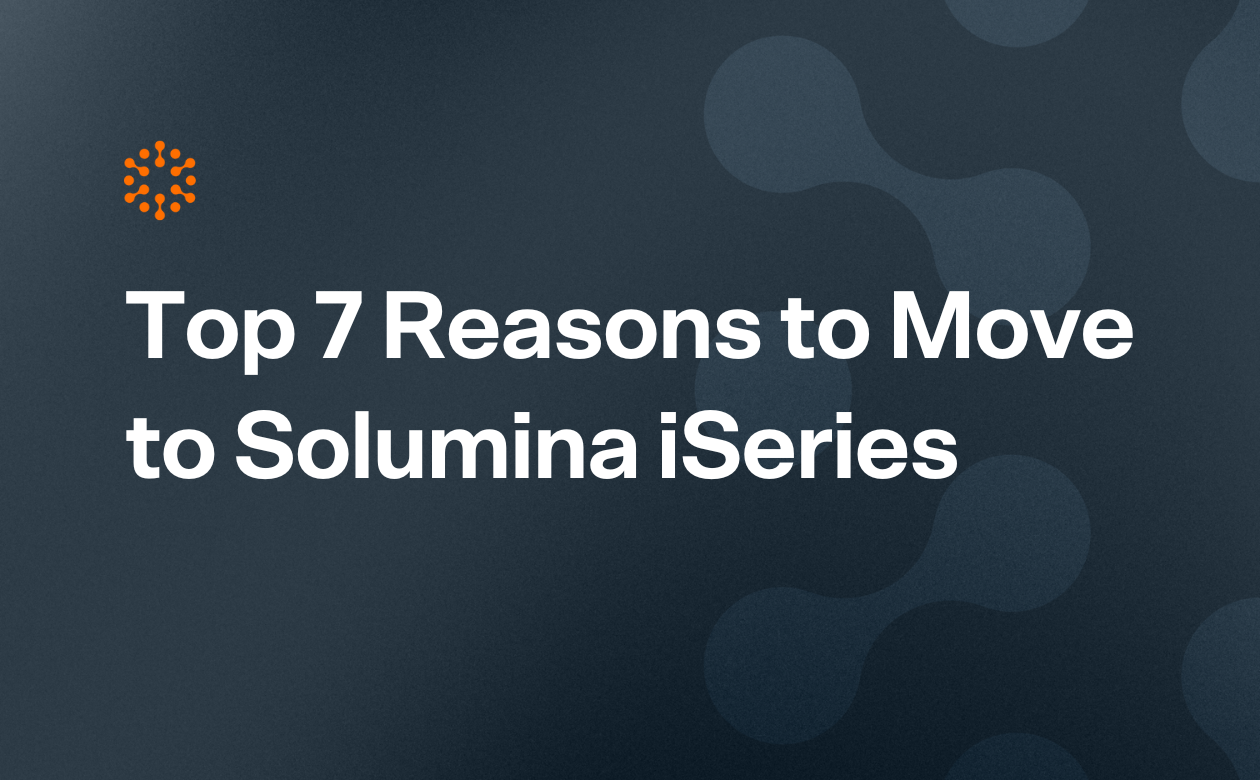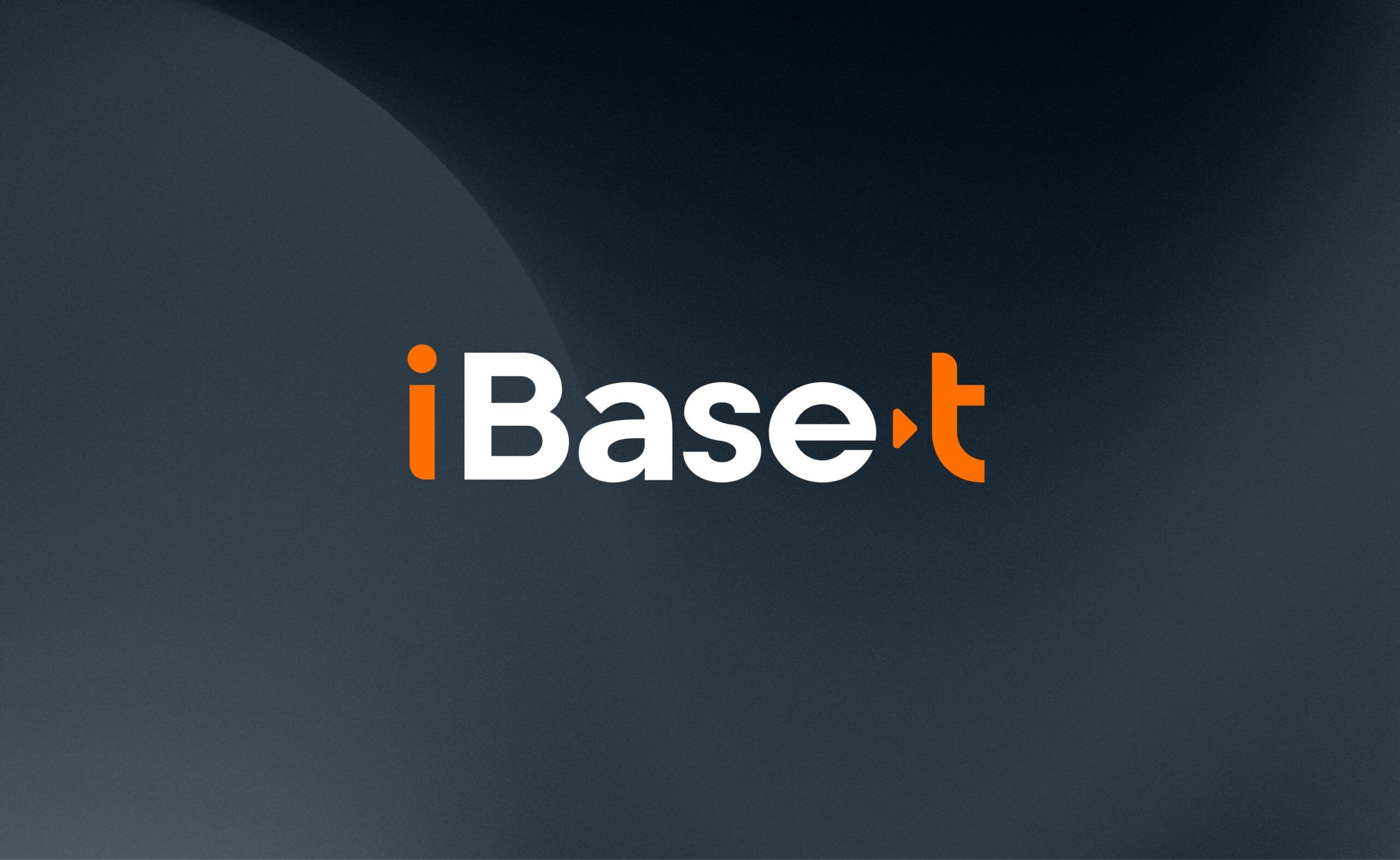As more and more business systems and technologies leverage cloud-native technologies, it’s critical that your manufacturing operations platform keeps up. Solumina iSeries Manufacturing Operations Platform leverages a cloud-native, microservices-based architecture that does just that. When you upgrade to Solumina iSeries, you’ll enjoy a larger feature set, enhanced connectivity and integration, a flexible user experience, faster upgrades, and ultimately, accelerated digital transformation.
Here are seven key reasons why you should modernize your manufacturing operations solution and transform your business with iBase-t’s cloud-native Solumina iSeries:
1. A Superset of Solumina G-series Functionality
Out-of-the-box, Solumina iSeries offers the thousands of features found in the legacy Solumina G-series, plus much more, including:
- Model-based enterprise features – View 3D models on the shop floor, with support for popular 3D file formats and streamlined integration with PLM and CAD solutions. Upcoming releases will continue to build on these foundational MBE features.
- Supplier Quality Management enhancements – Leverage the new Supplier Portal to give source inspectors outside your organization access to complete Inspection Orders, Discrepancies, and Corrective Action tasks. The Supplier Portal extends your quality standards outside your four walls and allows suppliers to take a more proactive role in quality management.
- Time and labor enhancements – View clocking logs for user shift, projects, and accounts; prorate labor to allow users to spread their labor across orders; and group labor to allow multiple users sign on to the same operation and receive credit for experience and labor.
In addition, upgrading to iSeries ensures you’ll get access to the many new capabilities and enhancements being added regularly by the iBase-t team, as all new features and functionality will be added exclusively to the iSeries platform. iSeries also leverages the same business logic and engine as later G-Series releases, enabling a seamless upgrade for out of the box implementations.
2. Faster, Easier Connectivity & Integration
iSeries’ standard, cloud-based REST API makes integration with other enterprise business systems like ERP, PLM, and CAD far faster and easier to set up. This streamlined connectivity allows you to create a cloud-based ecosystem of technologies with far less work than traditional integration methods.
Once connected, the exchange of data between the iSeries solution and integrated systems is also much less resource-intensive than was previously possible. This is critical for achieving a “connected factory” – an environment that to enables seamless sharing of information from digital technology and sensors – since the sheer volume of data flowing through these environments makes traditional, transactionally heavy approaches nonviable.
3. Innovative User Experience Technologies
In traditional enterprise applications, the user experience (UX), or frontend of the software is intertwined with the processing engine, or backend, so innovation to the user experience may be held back by the slower-evolving backend. This results in the clunky, outdated interfaces and unintuitive experiences that plague so much enterprise software.
iSeries’ microservices architecture separates the user experience from the processing engine. This design, along with iSeries’ cloud-based API, enables a modern, intuitive user experience and flexible connectivity to a huge range of devices and user interfaces – from tablets and mobile devices to AR/VR glasses, smart watches, AI services, and more. It also ensures that the user experience can continue to evolve and improve over time.
4. Speed Application Development
iSeries empowers internal teams to act as citizen developers and develop simple modular applications. Because the cloud computing technology supporting iSeries has infinite resources, development and testing teams can provision server and storage resources in just a few mouse clicks.
This makes it possible to easily spin up new environments, giving your team the ability to develop domain driven expert applications and leverage iSeries’ modular approach to quickly move them to production.
5. Quickly Leverage Cloud-Based Services
With iSeries, you can use Solumina REST APIs to feed your manufacturing data into off the shelf services from cloud providers, making it possible to quickly prove out concepts like AI adoption for your manufacturing data. Creating a prototype and proof of concept using your manufacturing data can become an easy weekend project – not a system integrator-driven project requiring months of IT work.
6. Rapid Implementation and Time to Value
Whether you choose to run the iSeries platform on an internal cloud infrastructure or via an external managed service provider, you can deploy applications faster and update quicker with iSeries. iSeries’ cloud-based services can be deployed within a few days or as little as an hour – rather than the weeks, months, or years it can take to strategically plan, buy, build, and implement an internal IT infrastructure with internal personnel.
Working in the cloud-native iSeries platform means you can always have access to the latest versions of the software, apps, and tools you use every day. Updates can be automatic, with no downtime, so there’s no impact on business performance and no requirement for local upgrades or maintenance. Your teams can access and use faster, more effective features and functions as soon as available.
7. Achieve MBE Readiness
The model-based enterprise, in which a digital representation of a product serves as the authoritative information source for all activities in that product’s lifecycle, has been increasingly embraced by organizations to keep track of system complexity. It allows an engineer to represent a system in a comprehensive computer model, allowing for better traceability, tracking, and information consistency. It also provides a mechanism to capture multi-faceted system relationships that exist internally and externally, which is almost impossible in document-based artifacts.
Adopting a model-based enterprise requires seamless integration and flow of data across large number of systems across the enterprise and the ability to quickly push and pull data. Solumina iSeries delivers on these requirements, leveraging REST APIs to enable seamless integration with engineering systems like CAD and PLM as well as operations systems like IIoT. In addition, the 3D model viewing capabilities within iSeries’s WebUI delivers a true model-based enterprise experience to the shop floor.
Establishing a model-based enterprise is a long-term endeavor that complex discrete manufacturers should be undertaking now if they wish to remain relevant in the future. As the iBase-t team continues to enhance the iSeries platform with the latest model-based engineering functionality, upgrading to iSeries is a critical step in the journey toward becoming a model-based enterprise.
Conclusion
Today, technology innovation is accelerating like never before. As the world shifts to cloud-native technologies, upgrading to Solumina iSeries represents an investment in future-proofing your enterprise, helping you remain competitive in this changing landscape. It positions your organization to take full advantage of the latest innovations as they emerge, opening a new world of connectivity, efficiency, and capability that benefits every member of the enterprise.





